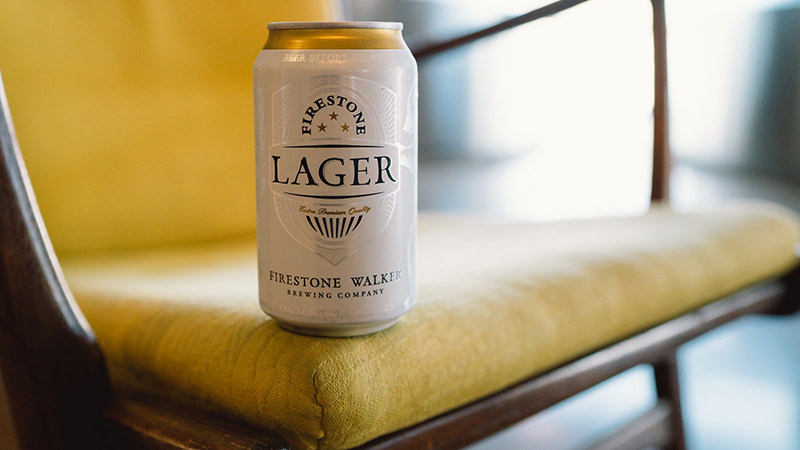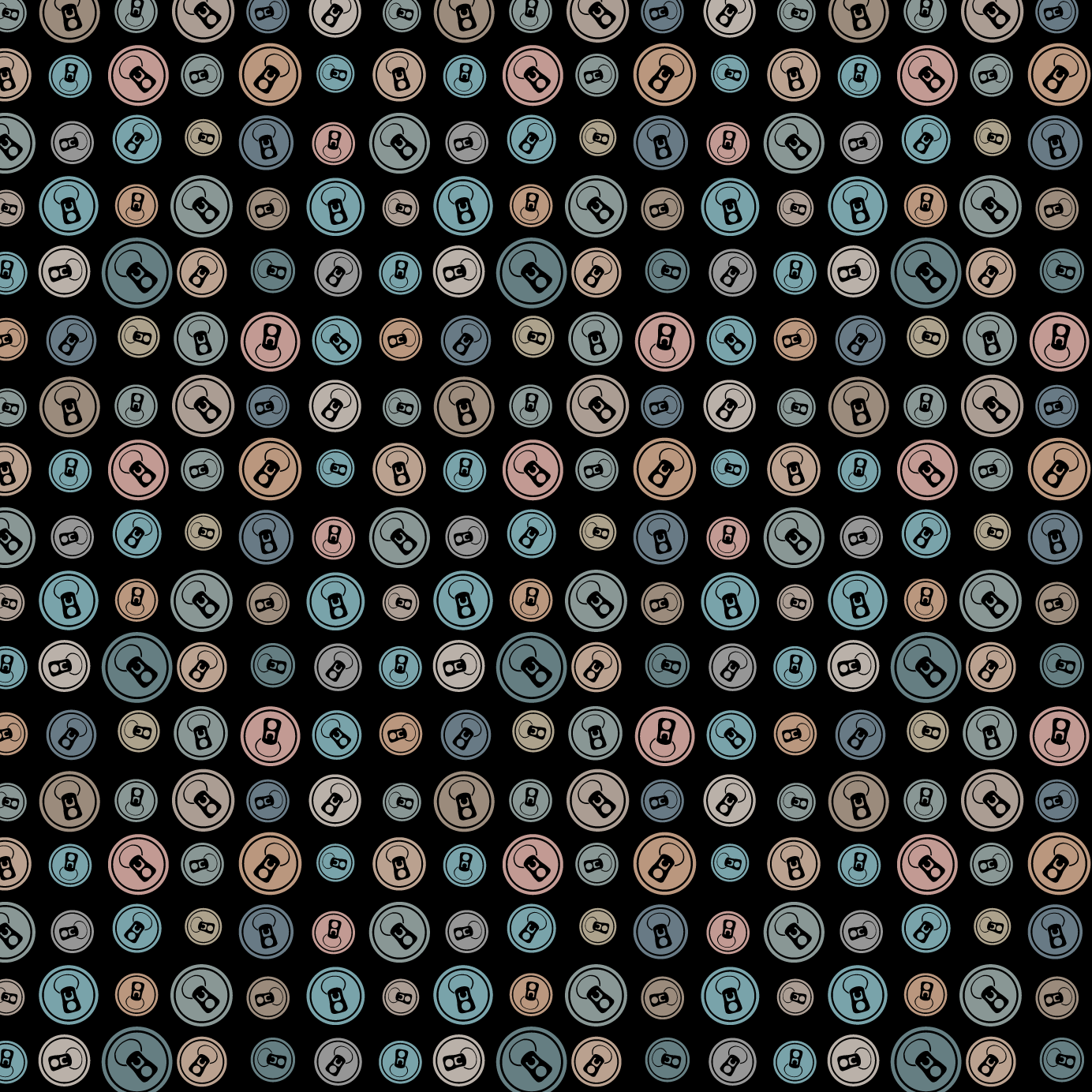At a commercial break during the finale of “The Bachelor” (don’t judge), Progressive, the insurance company, aired an advertisement about a group therapy meeting called the “Dad Support Group.” Most so-called dad jokes are pretty toothless, but one line caught my attention. It was delivered by a bespectacled blonde woman wearing a collared shirt under an open windbreaker.
“I text in full sentences,” she said as quickly as possible, as if to rid her mouth of those dirty words. The actors began naming a number of older-folks faux pas, nearly all of which I’m guilty.
“This hat was free,” another woman said with incredulity, holding up a generic giveaway item. “What was I supposed to do? Not wear it?”
“Next thing you know, I’m telling total strangers that defense wins championships,” said another therapy patient.
Do I place proper punctuation in my texts? Will I rock a free T-shirt? Yes and yes, and defense does win championships.
What does any of this have to do with beer? I’ll tell you. For many, drinking has become less about chasing new, rare beers, and more about what’s cold, what’s priced well, and what’s available. It’s about something easy to drink with a low ABV and fewer headaches, both in acquisition and in the morning.

It’s about reclaiming dad beers. Enjoyed by people of all genders, with or without children, easy-drinking craft lagers are the right beer for right now. They are a reinvention of the pale macro beers that were primarily marketed to men in the previous century. And, as a friend of mine recently defined them, “We can have a couple and still safely pick up our kids from school.”
Bryan Richards is a Charlotte, N.C.-based beer writer and father of a two-year-old. Lighter beers occupy “more and more” space in his beer fridge nowadays, both out of technical appreciation (“A Pilsner is one of the hardest beers to brew,” he says), and for practical reasons.
“If I’m in it for the long haul like a day on the lake or a football game, I don’t want and can’t drink a 7.5 percent 90 IBU hop bomb,” he says. “Not only will it wear out my palate too quickly, I’ll also get smashed. As a parent, hangovers are not fun. Gone are the days of sleeping it off. That two-year-old is getting up at his normal time and there’s nothing I can do about it.”
Craft beer tastes and trends don’t exist in a vacuum. They lie on a continuum. One style — say, limited-release New England-style IPAs with near-immediate expiry — doesn’t represent the final peak of the craft beer industry. It’s part of its ongoing evolution.
In the beginning of the craft movement, independent breweries (for lack of a better term) provided a more flavorful alternative to the pale macro lagers that had previously dominated American coolers. We turned away from those beers and toward hop-forward ales, funky farmhouses, oil-black stouts, and beyond. Now, we’re ready to focus our attentions back on crisp, well-made light beers.
“I think everyone goes on that exact route,” said Brienne Allan, production manager of Notch Brewing in Salem, Mass. “You drink the IPA then work your way into the doubles like, ‘How much can I take?’ and then everything just starts to taste the same.”
Stephen Hale, founding brewer at St. Louis’s Schlafly, believes it’s proof that hop-forward beers aren’t the endpoint. Beer drinkers wind up “coming full circle to full-flavored, well-made lagers,” he says.
Founders Brewing Company’s newest offering, Solid Gold, bills itself as a premium lager. It clocks in at just 4.4 percent ABV, but the important element is that it’s priced to compete with the macro giants (in my local beer store, a 15-pack of Solid Gold costs $12.99, while a 12-pack of Corona runs customers $15.39).
“There are macro brewers dabbling in craft world,” Jeremy Kosmicki, brewmaster at Founders Brewing, says. “What a cool opportunity to flip the tables. It’s like we’re saying, ‘We’re gonna come after you. Look out.’”
Other entrants to the macro-impersonating market include Firestone-Walker, whose Firestone Lager self-identifies as “light as a feather.” Night Shift Brewing, based in Everett, Mass., will debut its own American light lager, “Nite Lite,” this month.
“It’s very cliché, but we want to brew things that we want to drink,” Anna Jobe, production manager at Night Shift, says. “[American Adjunct Ales] are kind of looked down on in a way because of the way people view the macro companies who make them and the business they do.
“But there’s a time and place for every beer,” she adds. “[Beer] is a very social beverage and if you’re going to a picnic or a tailgate or whatever it is, it’s nice to have an accessible beer that’s a good [drinking] experience the whole way through. Plus [with low ABV] you can be a little more, um, aware of your surroundings.”
Like Jobe, Kosmicki believes there’s a “time and place for every style of beer.” Light lagers occupy the considerable space between IPAs and stouts. “When you drink more regularly, you come to appreciate beers you can enjoy without assaulting the palate or overwhelming your senses,” Kosmicki says. “You come to appreciate a well-made beer. Something easy-drinking and light.”
Context is key for any drinking experience. You’re not going to drink an imperial stout before driving your pets to the vet, Jobe says. You’re not going to drink double IPAs while party-hopping on the 4th of July.
“If you love beer and you love the experience it gives you, then you’ll drink what makes sense for that moment,” she says.
Palate fatigue is also a real concern. Lighter, sessionable beers are the perfect beverage for sustained social drinking
“Why would you want to drink something that destroys your palate, especially in the summer when you’re constantly outside partying and hanging out and eating food?” Allan asks.

It wouldn’t be craft beer if the neck-bearded message-boarders couldn’t argue about it; so, in some forums, a divide exists on this topic. On one side, people feel betrayed. Independent or craft beer (or whatever you want to call it) came along as an alternative to light lagers, they argue.
In a separate camp lie those who believe who makes the beer is more important than what is inside the cans. “I’d have just drank American adjunct lagers my whole life if only they were made by a local brewery,” they seem to be saying. Somewhere between the two extremes lies rational thought.
There is some validity, though, to questioning breweries’ motives. As much as brewers claim — and I don’t doubt them for a second — that they often enjoy a post-shift Pabst or High Life, their personal habits aren’t piloting company-wide business decisions. Dad beers are brewed to sell.
“We’re looking to target a wider range of beer drinker,” Kosmicki says. “We want the crossover crowd. [The taste of Solid Gold] is going to be more familiar to non-craft beer drinkers.” He adds, “I think there are people who would like to give craft beer a chance, but just haven’t for whatever reason. Those are going to be the people to give this beer a chance.”
There’s nothing wrong with trying to make more money, of course. Our neighborhood breweries are businesses and this decision helps to reinforce that. Craft lagers are meant to compete in the market by being familiar, accessible, and priced alongside the behemoths.
“What are people who drink craft going to think of this?” Kosmicki asks. “We only have about 15 percent of the industry… It would change the industry if we can get even a few of [that remaining 85 percent] to give craft a chance.”
A few years back, for some birthday or other family event, my dad met us out for dinner at a local brewpub near Boston. On the menu, a bunch of hop-forward ales and a couple dark beers invoking coffee, vanilla beans, or some other adjunct du jour. When the server came and began taking beer orders, he kind of nudged me. He leaned in and asked, “Do they have any, like, regular beer here?”
I didn’t get it then, but I do now. And now I could tell him the answer is yes.
